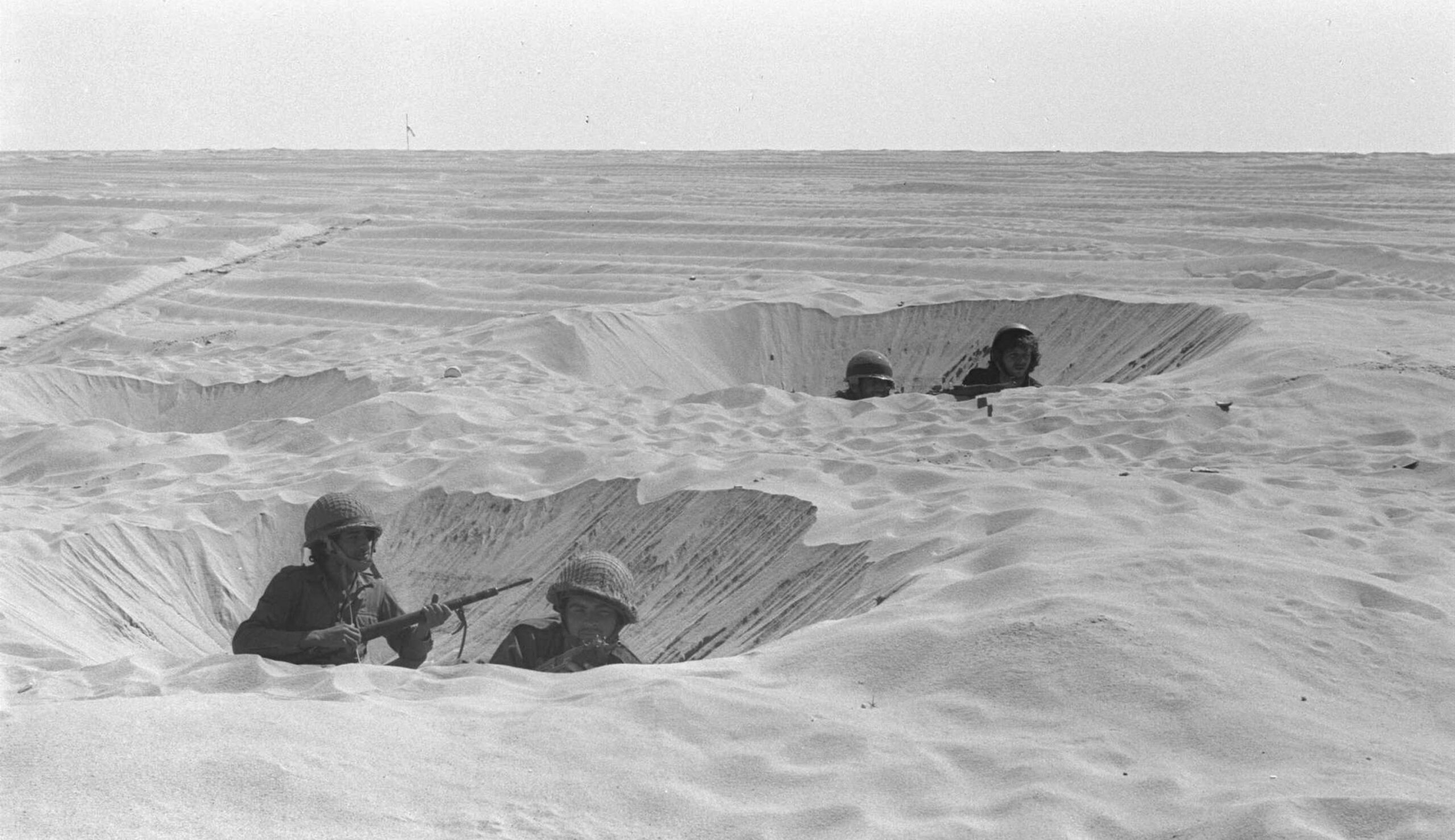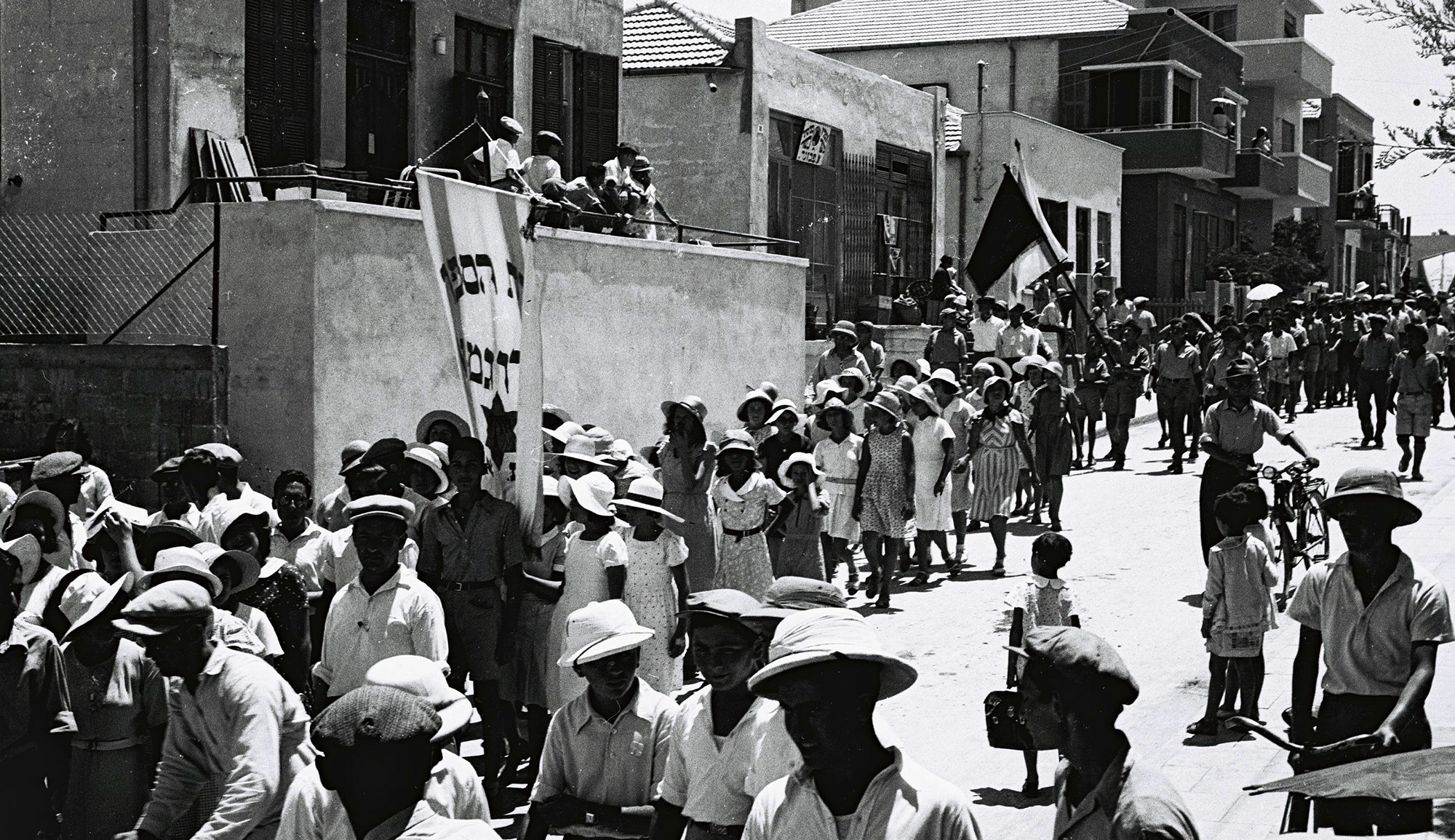On October 10, an instructor at Stanford University, in two separate classes, singled out Jewish and Israeli students as colonizers and oppressors. The instructor was suspended, but Peter Berkowitz asks how it is possible that, in our age of sensitivity, one of America’s most prestigious universities hired someone who thought such conduct would be acceptable:
The suspended Stanford instructor’s proselytizing reflects a powerful pedagogical creed within the American educational system. Throughout the nation, teachers indoctrinate students to believe that the crucial categories for understanding America in particular and Western civilization in general are variations on the theme of oppressor and oppressed: colonizer and colonized, subjugator and subjugated, villain and victim.
These vulgar binaries force students to place themselves—and cram the rest of humanity—into one of two mutually antagonistic camps. They obviate the need to study the evidence of science, the intricacies of history, the subtleties of literature, and the arguments of philosophy because they render the good guys and the bad guys fixed and unalterable. And they foster ignorance, self-righteousness, and intolerance.
Unfortunately, the fostering of intolerance within the American education system extends well beyond universities; . . . in the name of inclusivity and under the rubric of ethnic studies, K-12 schools teach students to understand life in America primarily in terms of oppression manufactured by America’s privileged to maintain their power. For instance, . . . James Logan High School in California offered a course in ethnic studies and social justice that aimed “to teach students to challenge and criticize ‘power, oppression, capitalism, white supremacy, imperialism, colonialism.’”
These curricula always rank Jews as among the oppressor, not the oppressed.
Read more at RealClearPolitics
More about: Academia, Anti-Semitism, Education, Israel on campus


